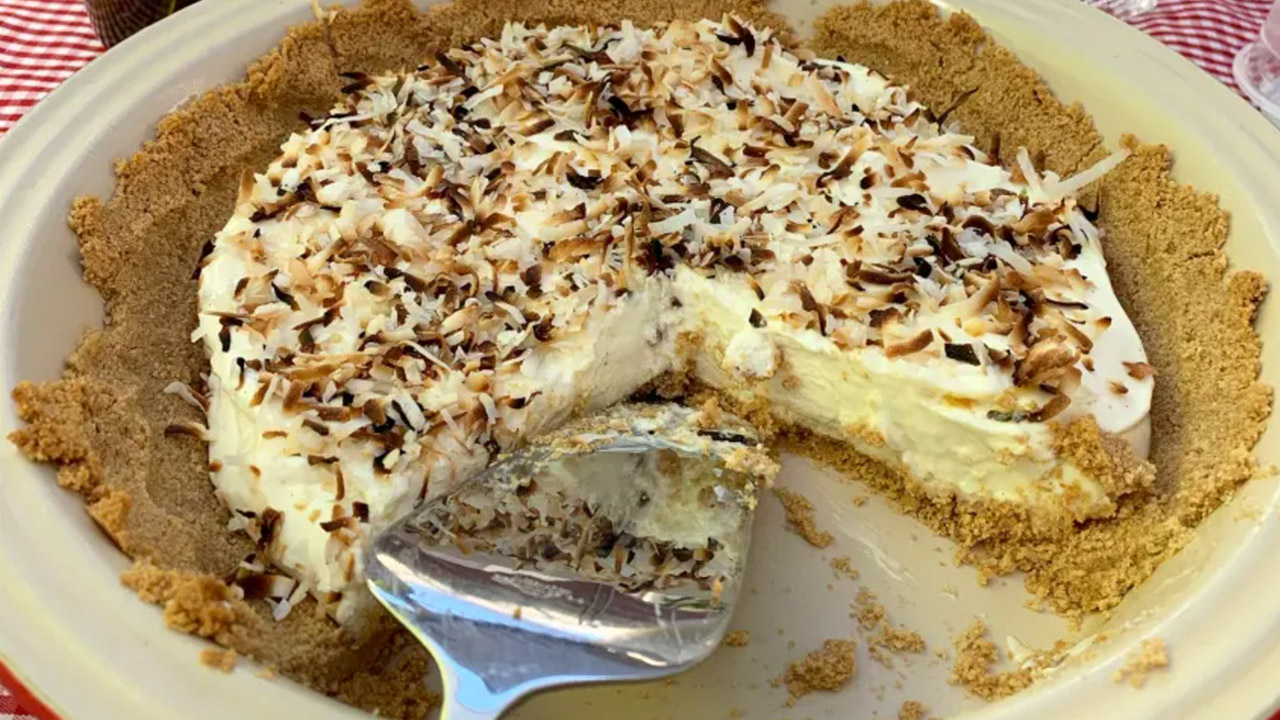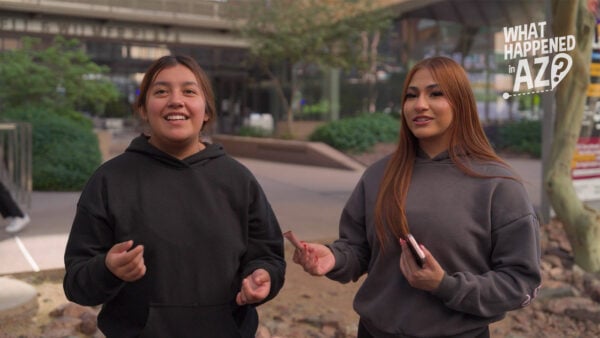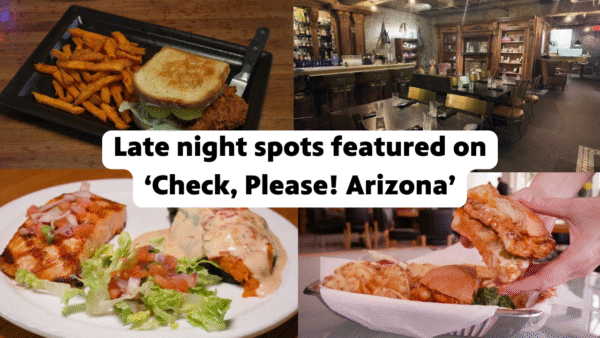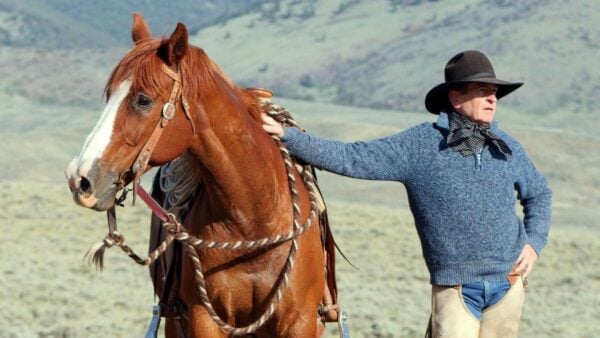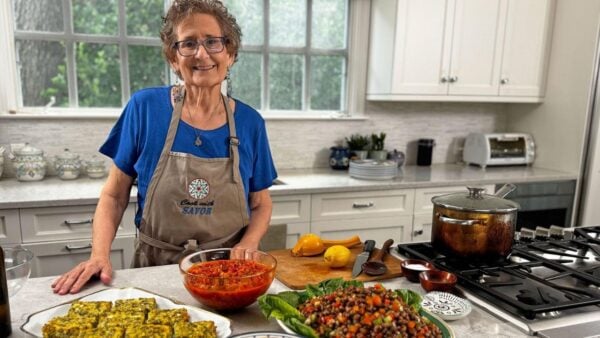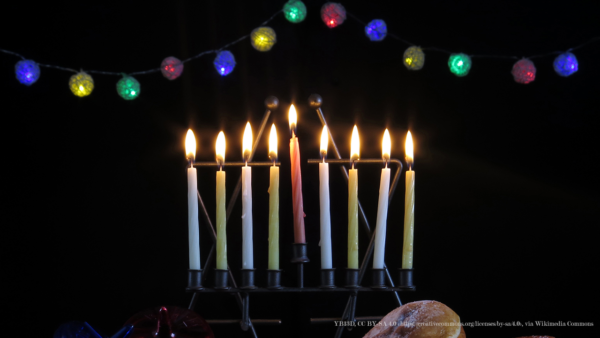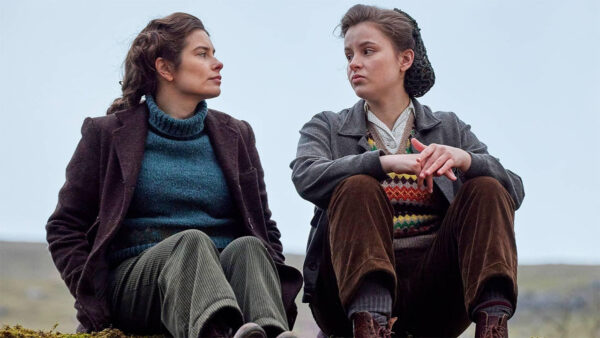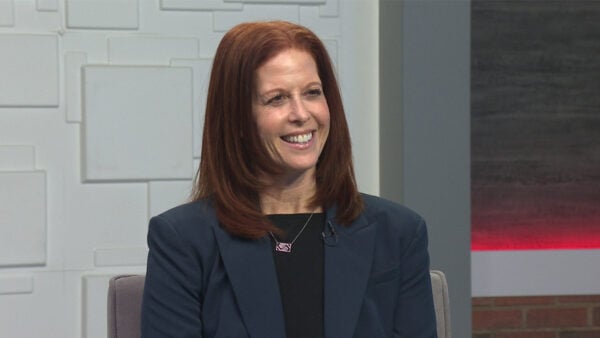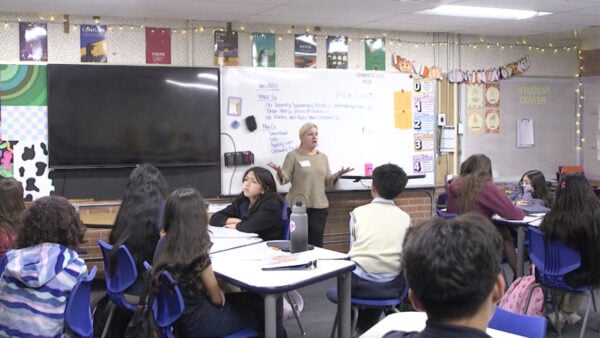By Vanessa Gonzalez
Three basic ingredients + the flavor of your choice = 1 delicious cream pie!
Now that’s a nice equation, isn’t it?
Baking is great for teaching kids about math, but it can get intimidating when people are hungry and there are lots of complicated steps that require dangerous tools for early learners, like knives and stovetops. But with just a few ingredients and your family’s creativity, this is a great formula for a pie in 30 minutes or less. Plus, with a few shortcuts, you don’t need any special equipment or even to turn on the oven, so little ones can make it almost entirely by themselves and it’s perfect for a hot summer afternoon.
This is a banana and cajeta version, but you can substitute that for the flavor of your choice.
Substitutions and Flavor Variations
If you don’t have an electric mixer, use store bought whipped topping as a substitute for the heavy cream. Also, if you omit the cajeta, salt and bananas, you can make many different flavors for your filling. Here are just a few ideas:
- Lemon: Add ½ cup lemon juice to the beaten cream along with the sweetened condensed milk and mix. Top with the zest of one lemon.
- Tropical Lemon Coconut: Add ⅓ cup lemon juice and ¼ tsp coconut extract to the beaten cream along with the sweetened condensed milk and mix. Top with toasted coconut flakes. For a plain coconut version omit the lemon juice.
- Bananas and cream: Place half the beaten heavy cream and sweetened condensed milk mixture in your pie crust and top with sliced bananas. Top with the remaining cream and more sliced bananas.
- Peaches and cream: Place half the beaten heavy cream and sweetened condensed milk mixture in your pie crust and top with sliced, ripe peaches. Top with the remaining cream and more sliced peaches.
Yields 8 servings
Ingredients
For the pie:
1 store-bought 9-inch graham cracker pie crust (see below for homemade version)
1 can sweetened condensed milk
1 ½ cups heavy cream
2 bananas, cut into rounds
10 tbsp. cajeta, dulce de leche or caramel sauce (add more or less to taste)
¼ tsp salt
For a homemade graham cracker crust:
10 whole graham cracker sheets
5 tbsp melted butter
1 pinch of salt
1 9-inch pie plate
Instructions
Step 1 – If using a store-bought pie crust, skip to step 5. Preheat the oven to 350℉. Crush the graham crackers into fine crumbs. To do this, you can place the cookies in a food processor and pulse a few times or put the cookies in a plastic bag, seal it and crush them by whacking the bag with a pan or rolling pin until they become a fine meal.
Learning moment: Before you crush the graham crackers, have your little one count a set of four graham crackers. Kids can connect one number to one object, which is called one-to-one correspondence, but you also want to help them move to cardinality, which tells us how many things are in a set. Remember to change your tone of voice as you build up to the last number, as this helps kids make better sense of the elements of a whole.
Step 2 – Add the butter and salt to the crumbs. If using a food processor, add the butter and salt to the food processor and pulse until combined. If not, place the crumbs in a bowl and mix well with melted butter and salt.
Learning moment: This is a perfect opportunity for children to get a “taste” of non-standardized and standardized measurements. Show your little one what a pinch of salt is in standardized measurement. Is it 1/4 teaspoon or 1/2 teaspoon? What about 5 tbsp of butter? How many ounces is this? Also, pay special attention to the texture, smell and color of the graham crackers before and after the addition of the butter and ask your little one how the mixture changed.
Step 3 – Press the graham cracker mixture into the bottom and sides of your pie plate using your hands or a small glass or measuring cup with the bottom covered in a piece of parchment paper; this helps the crust not stick to the glass.
Learning moment: This is a great opportunity for children to get a “taste” of fractional thinking! Ask your little one to start with covering ¼ of the plate to ½ to a whole. When learning fractions, real world examples work better with little ones. It’s also okay to get your hands dirty in this part, just remember to wash them first! Encourage your child to see what happens when they press too hard on the crumbs versus when they use a lighter hand and discuss what was more effective at getting a uniform thickness.
Step 4 – Bake the crust in the preheated oven for 10 minutes. Set aside to let cool.
Step 5 – Make the filling. Beat the heavy cream with a stand or hand mixer until it just forms stiff peaks. Add the sweetened condensed milk and mix until smooth.
Learning moment: Count and measure out each ingredient with your child. This step is also a nice opportunity to introduce a bit of the science of cooking. Explain to your child what makes liquid cream become thick. Basically, cream is made up of fat and water molecules (the little things that make up everything) that, when beaten, change. As you whip, air goes into them and forces them to stick together and prevent the air from escaping. If you have older children, encourage them to read more about the chemistry involved in this process.
Step 6 – Make the cajeta filling. Place half the cream mixture in a bowl and set aside. Add the cajeta and salt to the other half and mix until smooth.
Learning moment: Continue practicing fractional thinking! Have your child eyeball the division of the mixture in two and see how close they got; then, talk about how the two parts form the whole. Then, continue to talk about science as you explain to your child that cajeta and dulce de leche are just a form of caramelization, which makes things nice and browned — like in our favorite caramel sauces and candies. Cow and goat’s milk are heated to a steady temperature until they boil down and start to brown due to something called the Maillard reaction. If you have older children, encourage them to think about the chemistry involved in this process or even take on the challenge of making cajeta yourselves!
Step 7 – Assemble the pie. Scoop the cajeta-flavored cream into the bottom of the pie crust and smooth it into an even layer. Arrange half the banana slices on top to cover the surface of the filling. Scoop the remaining plain cream mixture and smooth the top. Arrange the remaining banana slices on top to form a design of your choosing. If you wish, drizzle a bit more cajeta over the bananas.
Learning moment: Time to count out loud some more! Count out the banana slices and take note of their shape (a circle!) as you arrange them on the pie. Help your little one keep track of the banana rounds by moving the pieces they already counted into a new pile. And don’t forget about scientific inquiry! Have your child make predictions about what the different colored layers will look like and see how close they got when you cut the pie.
Step 8 – Loosely cover, refrigerate for at least an hour and serve.
Learning moment: Fractions can be tough for young math-learners but cooking can make it easy for families to introduce this concept. A 9-inch pie plate yields eight servings, and cutting pie is a great way to count out to eight and introduce your little ones to fractions without them even realizing it.
Watch the video above to see how to cut your pie perfectly depending on the number of slices you want.
Related
— Kid-friendly recipe: Artistic toast
— Kid-friendly recipe: Sandwich cake (Sandwichón)
Inspired by: No Bake Lemon Cream Pie Recipe by Robyn Stone from Add a Pinch
This article was originally published on PBS SoCal’s At-Home Learning initiative.
